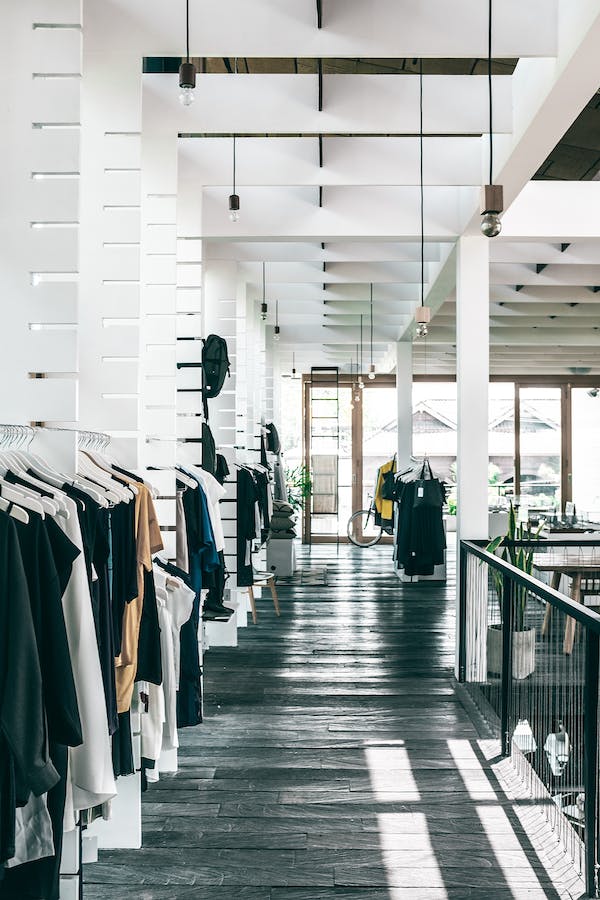
15 Jul DEPARTMENT STORES KEYNOTE SPEAKER: FUTURE TRENDS IN RETAIL
Why are department stores keynote speakers and futurists such popular presenters at virtual online events and live meetings? Credit a constant barrage of new technology, innovations, and disruptions that are leaving a mark on the sector. Lately, it almost seems like new surprises pop up with each passing day. Being department stores keynote speakers and futurists though, we wanted to provide a brief history of where the space has been and where it looks to be going.
To wit:The concept of the department store has its roots in the 19th century, though some earlier examples could be pointed out. It marked a significant shift in retail and consumer culture, offering a wide array of goods and services under one roof.
Early precursors: The progenitors of the department store were trading posts and market halls that existed in ancient times. Some of these offered a variety of goods under one roof. A notable example is The Royal Exchange in London, opened in 1571, that allowed various merchants to sell their goods in one place, or so department stores keynote speakers and futurists tell us.
19th Century Innovations: The actual department store, as we understand it today, started to take shape in the 19th century. In 1852, Aristide Boucicaut established Le Bon Marché in Paris, considered by many as the first true department store. It offered a wide range of products, fixed prices (a novelty at the time), the ability to browse before buying, and the concept of a money-back guarantee.
Expansion in Europe and America: The department store concept quickly spread. In London, retailers like Harrods (established 1849) and Selfridges (opened 1909) started to make their mark. In the US, Rowland Hussey Macy established Macy’s in 1858, while John Wanamaker opened his Philadelphia store in 1876. These stores rapidly became iconic and integral to their cityscapes.
The 20th Century: Throughout the 20th century, department stores played a significant role in retail, offering customers a one-stop shop for all their needs. During this period, department stores became central to shopping culture, and chains like Sears, J.C. Penney, and Nordstrom expanded across the United States.
Late 20th Century Challenges: The rise of specialty stores and big-box retailers in the latter part of the 20th century began to challenge the dominance of department stores, according to top department stores keynote speakers and futurists. These retailers, such as Walmart and Target in the US, offered competitive pricing and large selections of goods, which started to draw customers away from traditional department stores.
21st Century and Online Shopping: The rise of the internet and e-commerce has had a profound impact on all of retail, including department stores. Companies like Amazon can offer a wide array of goods, often at lower prices and with more convenience than brick-and-mortar stores. This has led many department stores to develop their own online platforms to compete.



